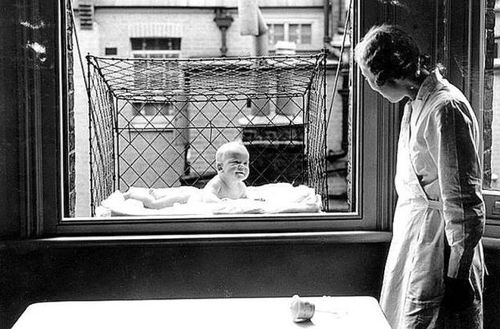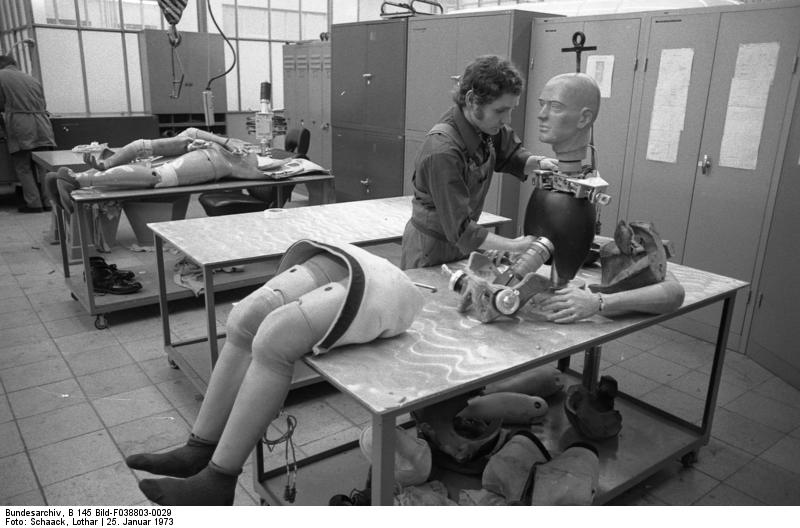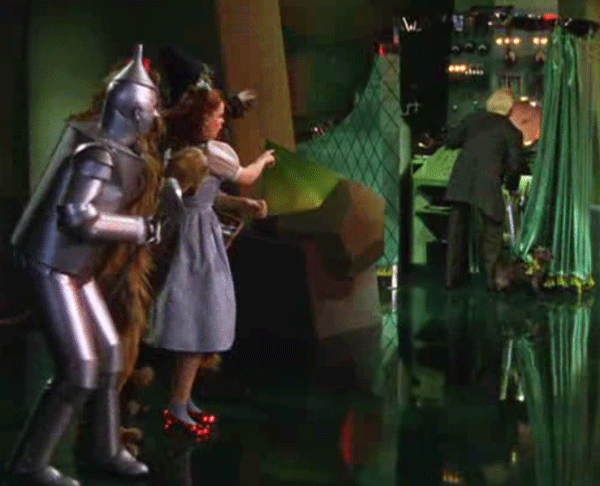If I could communicate with monkeys, I might point out to them that throwing feces is rude. Understandable, but rude. Or I would at least encourage them to throw feces over there, because here is not such a great spot right now. Here is currently inconvenient for me. From Megan Garber’s Yahoo! interview with animal behaviorist Con Slobodchikoff, who believes we can build gadgets which allow us to talk to the animals:
“Con Slobodchikoff
I think we have the technology now to be able to develop the devices that are, say, the size of a cellphone, that would allow us to talk to our dogs and cats. So the dog says ‘bark!’ and the device analyzes it and says, ‘I want to eat chicken tonight.’ Or the cat can say ‘meow,’ and it can say, ‘You haven’t cleaned my litterbox recently.’
But if we’re going to get to that technology, it’s going to take some research. And it’s probably five to 10 years out. But I think we can get to the point where we can actually communicate back and forth in basic animal languages to dogs, cats, maybe farm animals — and, who knows, maybe lions and tigers.
Megan Garber:
It’s fascinating, thought-experiment-wise, to consider what that might mean for the whole relationship between humans and animals. Paradigms would be shifted, for sure.
Con Slobodchikoff:
Yeah. It would be world-changing. Consider that, for example, 40 percent of all households in America have dogs, 33 percent have cats — at least one cat, at least one dog. And consider that something like 4 million dogs are euthanized every year because of behavioral problems. Well, most problems are because of the lack of communication between animal and human. The human can’t get across to the animal what the human expects, and the animal can’t get across to the human what it’s experiencing. And if we had a chance to talk back and forth, the dog could say, ‘You’re scaring me.’ And you could say, ‘Well, I’m sorry, I didn’t realize that I was scaring you. I’ll give you more space.’
What I’m hoping, actually, is that down the road, we will be forming partnerships with animals, rather than exploiting animals. A lot of people either exploit animals, or they’re afraid of animals, or they have nothing to do with animals because they don’t think that animals have anything to contribute to their lives. And once people get to the point where they can start talking to animals, I think they’ll realize that animals are living, breathing, thinking beings, and that they have a lot to contribute to people’s lives.”



























